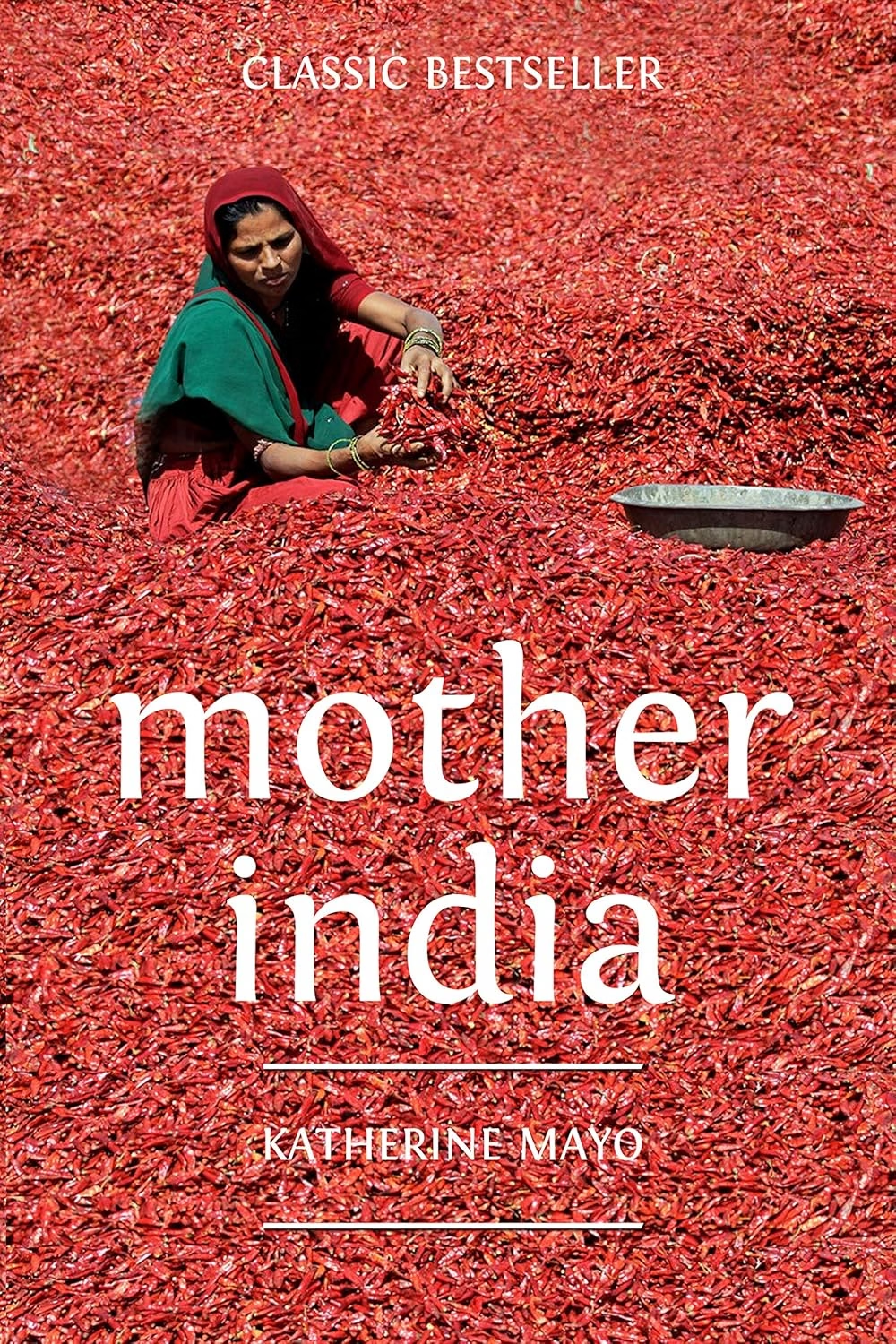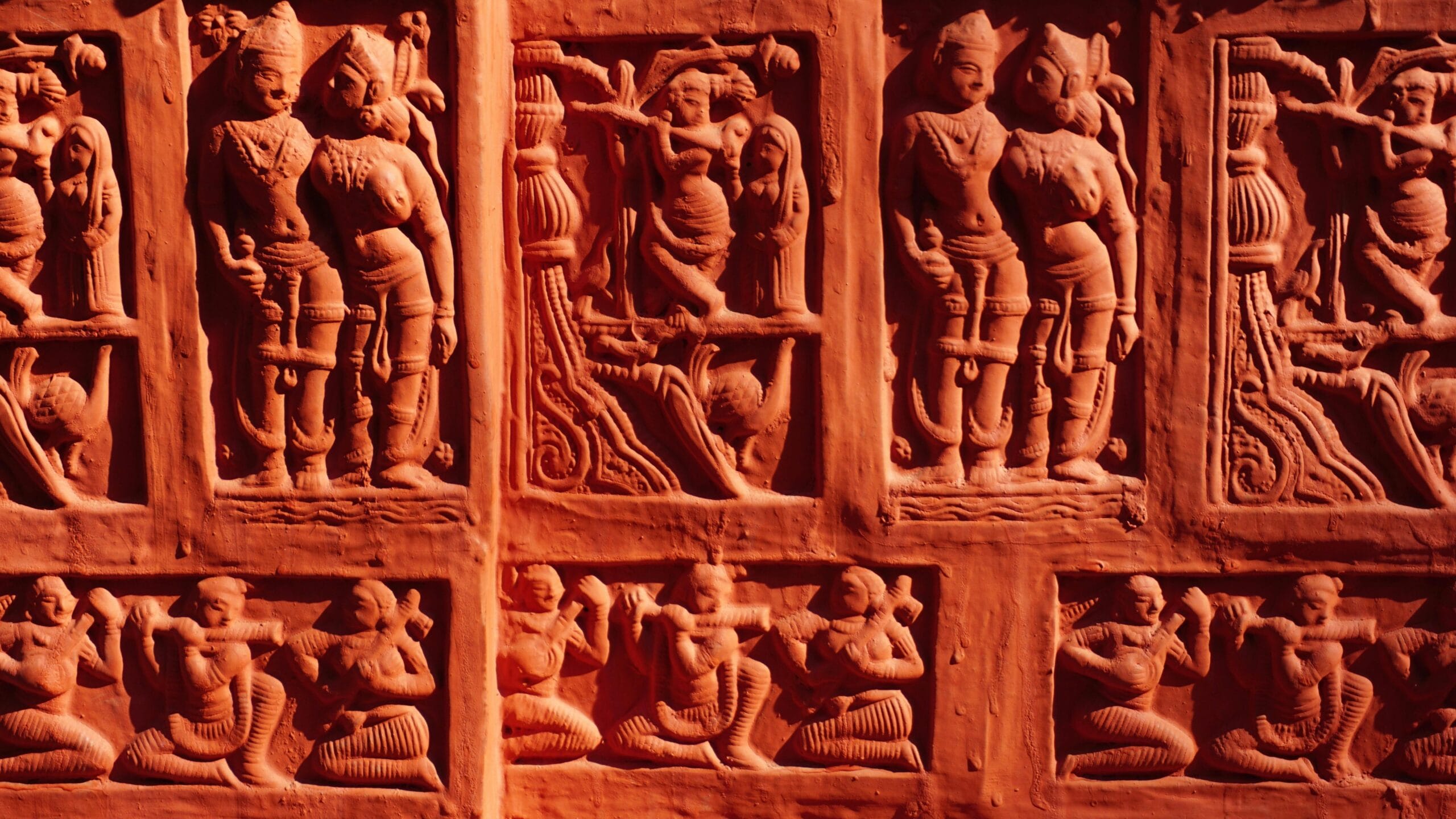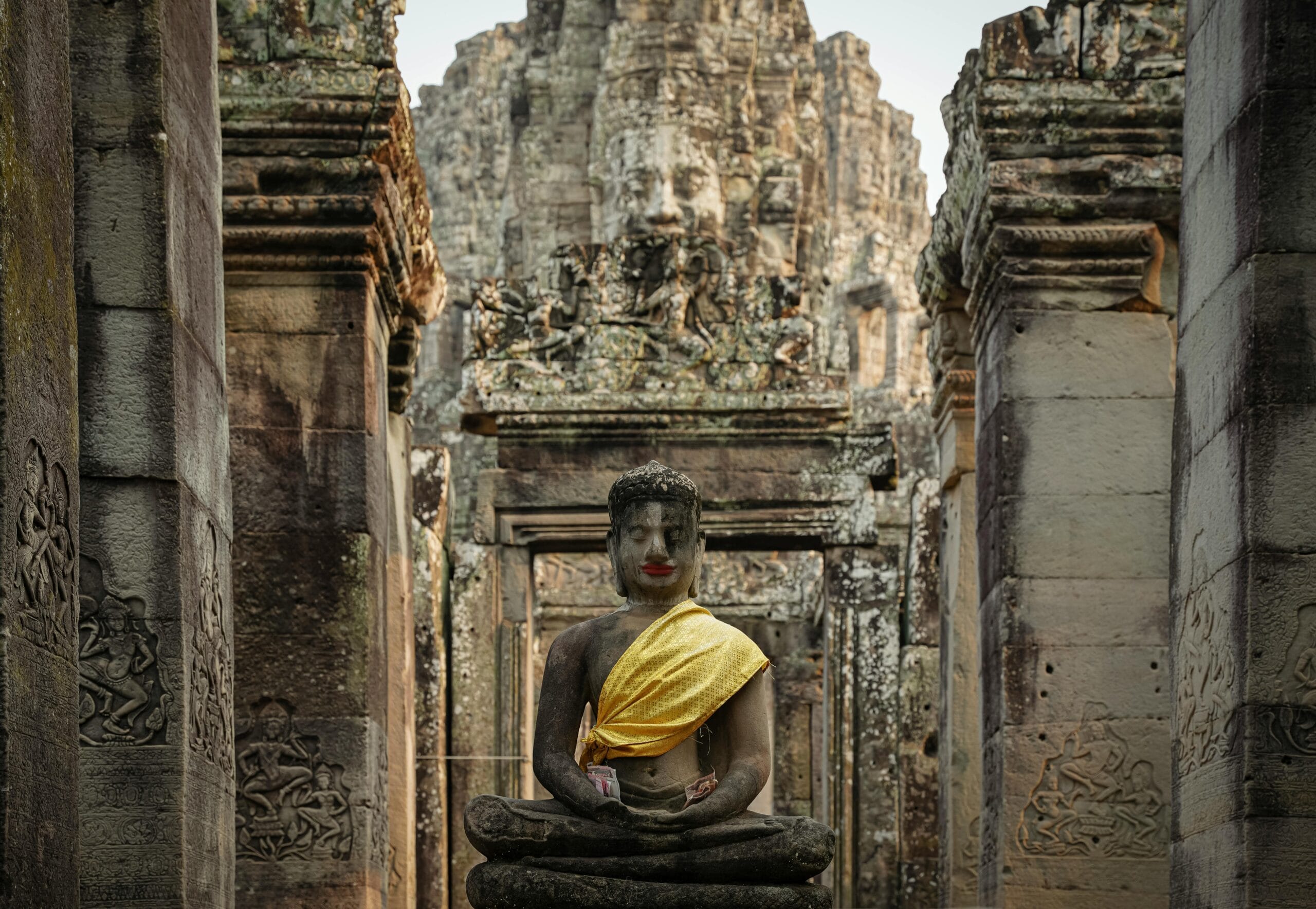Mother India: Unveiling the Controversies and Truths Behind the Book That Shook a Nation
The book “Mother India” sparked widespread controversy upon its release, igniting debates that reached even Mahatma Gandhi and revolutionary leader Lala Lajpat Rai. This article delves into the depths of the controversies surrounding “Mother India,” exploring the perspectives of those who supported and opposed it, and examining the historical context that fueled such intense reactions. This analysis provides a comprehensive overview of the issues raised by the book and its lasting impact on Indian society.
What is Mother India?

Authored by Katharine Mayo, “Mother India” is a book published in 1927 that presents a critical and often unflattering portrayal of Indian society, culture, and religion. Mayo’s work addressed various aspects of Indian life, including public health, hygiene, social customs, and the treatment of women. The book ignited immense controversy in India due to its perceived bias, exaggeration, and negative stereotypes.
Publication and Initial Reception of Mother India
Upon its release, “Mother India” quickly gained notoriety, both in India and abroad. While it garnered attention and praise in some Western circles, it was largely met with outrage and condemnation in India. Many Indian nationalists and intellectuals criticized Mayo’s work for its alleged inaccuracies, distortions, and prejudiced views.
The Central Themes of Mother India
Mayo’s book touches on several sensitive themes, including the status of women, child marriage, hygiene, and sanitation. Her descriptions of these issues were often graphic and critical, contributing to the uproar surrounding the book.
Why the Controversy?
The controversy surrounding “Mother India” stemmed from its negative portrayal of Indian society and culture. Critics argued that Mayo’s work perpetuated harmful stereotypes and failed to acknowledge the complexities and diversity of Indian life. Was ‘Mother India’ a magnifying glass highlighting societal flaws, or a distorting mirror reflecting prejudice?
Historical Context of the Mother India Controversy
To fully understand the uproar caused by “Mother India,” it is essential to consider the historical context in which it was published. The book emerged during a period of intense nationalist sentiment in India, as the country was under British colonial rule. Any perceived criticism of Indian society was seen as an attack on the nation’s pride and identity.
British Colonial Rule
India was under British colonial rule during the time “Mother India” was published. This context is crucial, as the book was seen by many Indians as a justification for continued colonial domination.
Rising Nationalism in India
The early 20th century witnessed a surge in Indian nationalism, with leaders like Mahatma Gandhi advocating for self-rule and independence. “Mother India” was viewed as an affront to this growing national pride.
Social Reform Movements
Several social reform movements were underway in India, addressing issues such as caste discrimination, women’s rights, and education. Mayo’s book was seen by some as a distortion of these efforts, while others believed it highlighted the urgent need for reform.
Key Criticisms of Mother India
“Mother India” faced numerous criticisms from various quarters. Indian nationalists, intellectuals, and social reformers all raised concerns about the book’s content and its potential impact on India’s image.
Allegations of Bias and Exaggeration
Critics accused Mayo of presenting a biased and exaggerated view of Indian society. They argued that she focused on the negative aspects of Indian life while ignoring its positive attributes and achievements.
Stereotyping and Generalizations
Many critics pointed out that Mayo’s book relied heavily on stereotypes and generalizations, portraying Indian society as backward and regressive. Such depictions were seen as unfair and misleading.
Omission of Positive Aspects
Critics also noted that “Mother India” failed to acknowledge the contributions of Indian reformers, artists, scientists, and intellectuals. By omitting these positive aspects, the book presented an incomplete and distorted picture of India.
Defenders and Supporters of Mother India
Despite the widespread criticism, “Mother India” did have some defenders and supporters, primarily in Western countries. These individuals often saw Mayo’s work as a courageous exposé of the problems plaguing Indian society.
Western Perspectives
Some Western observers lauded “Mother India” for its supposed realism and its willingness to address uncomfortable truths about India. They argued that the book shed light on issues that had been ignored or glossed over.
Arguments for Social Reform
Some supporters of “Mother India” believed that the book could serve as a catalyst for social reform in India. They hoped that its criticisms would prompt Indians to address the problems highlighted by Mayo and work towards a more equitable and progressive society.
Impact on Western Perceptions of India
“Mother India” undoubtedly influenced Western perceptions of India, shaping opinions and attitudes towards the country. While some viewed the book as a balanced assessment, others accepted its negative portrayals as accurate and representative of Indian society.
Indian Responses and Counter-Narratives to Mother India
In response to “Mother India,” numerous Indian intellectuals, writers, and activists produced counter-narratives that challenged Mayo’s claims and offered alternative perspectives on Indian society. To what extent does a writer’s perspective shape historical narratives, and how should we balance criticism with cultural sensitivity?


Books and Pamphlets Against Mayo’s Claims
Several books and pamphlets were written to refute the claims made in “Mother India.” These works aimed to present a more balanced and nuanced view of Indian society, highlighting its strengths and accomplishments. The text mentions that 50 books and pamphlets were written against it.

Notable Figures and Their Responses
Mahatma Gandhi, Lala Lajpat Rai, and other prominent Indian figures publicly criticized “Mother India” and its author. Their responses helped to galvanize public opinion against the book and its message. Gandhi famously called the book, a drain inspector’s report.

Attempts to Ban the Book
Many Indian nationalists called for a ban on “Mother India,” arguing that it was harmful and defamatory. While some local authorities did impose restrictions on the book’s circulation, it was never officially banned in India.
Lasting Impact of “Mother India” on India
Despite the controversies surrounding it, “Mother India” left a lasting impact on India. The book sparked important conversations about social reform, gender equality, and national identity. It also served as a reminder of the challenges facing Indian society and the need for continued progress.
Social Reform Movements
“Mother India” contributed to the momentum of social reform movements in India. By highlighting issues such as child marriage and the treatment of women, the book helped to raise awareness and mobilize support for change.

National Identity and Pride
The controversy surrounding “Mother India” also played a role in shaping Indian national identity and pride. In the face of criticism and negative portrayals, Indians rallied together to defend their culture and assert their independence.
Debates on Gender Equality
“Mother India” fueled debates on gender equality in India, prompting discussions about the rights and status of women. While Mayo’s views were often criticized, her book nevertheless helped to bring attention to the challenges faced by women in Indian society.
Read the book yourself.

Mother India, published in 1927, was a polemical book by the American author Katherine Mayo. In her book, Mayo attacked society, religion and culture of the country of India.Written against the Indian demands for self-rule and independence from British rule, the book pointed to the treatment of India’s women, the untouchables, animals, dirt, and the character of its nationalistic politicians. Mayo singled out the allegedly rampant and fatally weakening sexuality of its males to be at the core of all problems, leading to masturbation, rape, homosexuality, prostitution, venereal diseases, and, most importantly, premature sexual intercourse and maternity. The book created an outrage across India, and it was burned along with her effigy. It was criticised by Mahatma Gandhi as a “report of a drain inspector sent out with the one purpose of opening and examining the drains of the country to be reported upon”. The book prompted over fifty angry books and pamphlets to be published to highlight Mayo’s errors and false perception of Indian society, which had become a powerful influence on the American people’s view of India.
What can you do?
After understanding what was written in the book, here are some ways in which you can contribute towards a better society:
- Educate Yourself: Read books, articles, and research papers about Indian history, culture, and society. Seek out diverse perspectives and challenge your own assumptions and biases.
- Support Social Reform: Get involved in social reform movements that address issues such as gender equality, caste discrimination, and poverty. Donate to organizations working on these issues and advocate for policy changes.
- Promote Critical Thinking: Encourage critical thinking and analysis of information. Challenge stereotypes and generalizations, and seek out evidence-based information before forming opinions.
- Engage in Dialogue: Engage in respectful dialogue with people who hold different views than your own. Listen to their perspectives and try to understand their experiences and beliefs.
- Support Education: Support education initiatives that promote inclusivity and diversity. Advocate for curricula that accurately reflect the history and contributions of all communities.
Take Action: Start by educating yourself and others about the complexities of Indian society, challenge stereotypes, and support organizations actively working towards positive social change. Your engagement can contribute to a more informed and equitable world.
Disclaimer
To ensure clarity and understanding, here are some common terms used in this article and their meanings in the context of the discussion:
- Mother India: Refers to the book written by Katharine Mayo, published in 1927, which critically portrays Indian society, culture, and religion.
- Colonial Rule: The British rule over India, which significantly influenced the social, political, and economic landscape of the country during the time the book was published.
- Nationalism: A strong sense of pride and loyalty to one’s nation, which was on the rise in India during the early 20th century as the country sought independence from British rule.
- Social Reform Movements: Organized efforts aimed at addressing and rectifying social issues such as caste discrimination, women’s rights, and education in India.
- Stereotypes: Oversimplified and often negative generalizations about a group of people, which were a point of contention in the criticism of Mayo’s portrayal of Indian society.
- Counter-Narratives: Alternative perspectives and stories produced in response to “Mother India,” challenging Mayo’s claims and offering a more balanced view of Indian society.
Read more about the true history of Rajasthan.
Do you disagree with this article? If you have strong evidence to back up your claims, we invite you to join our live debates every Sunday, Tuesday, and Thursday on YouTube. Let’s engage in a respectful, evidence-based discussion to uncover the truth. Watch the latest debate on this topic below and share your perspective!

